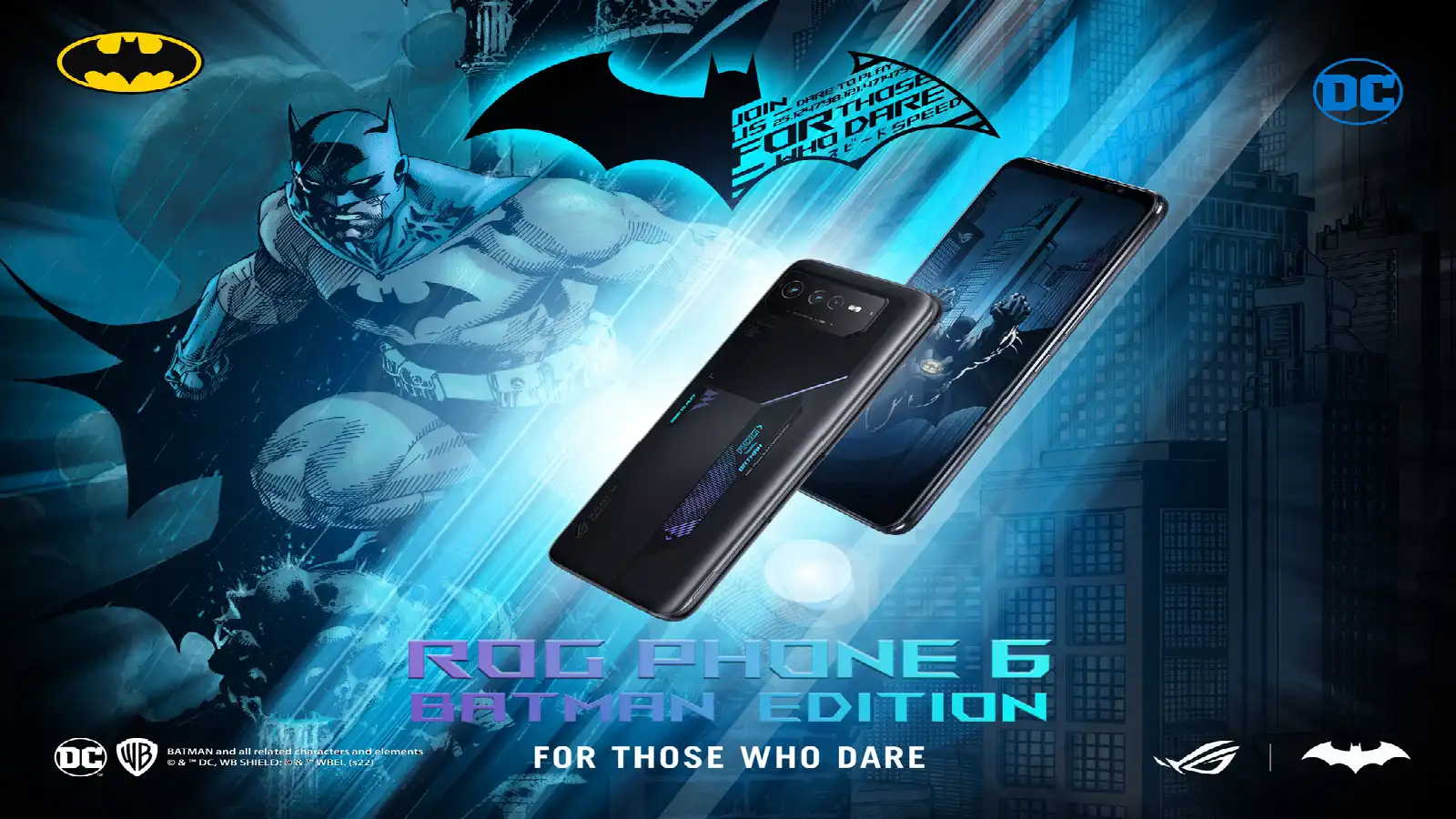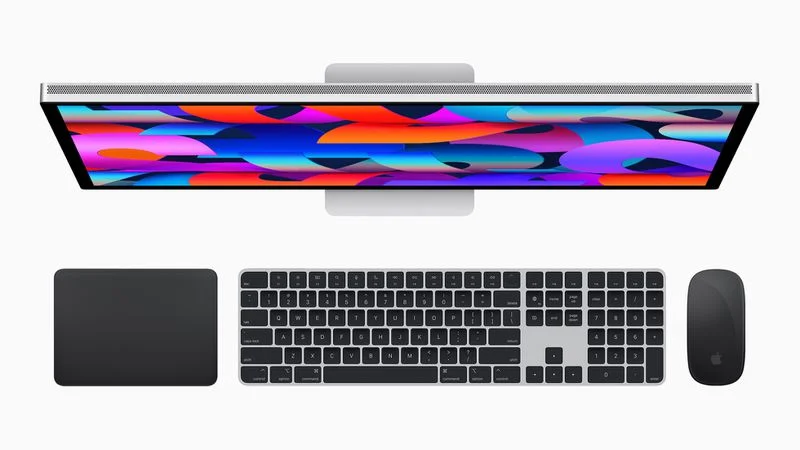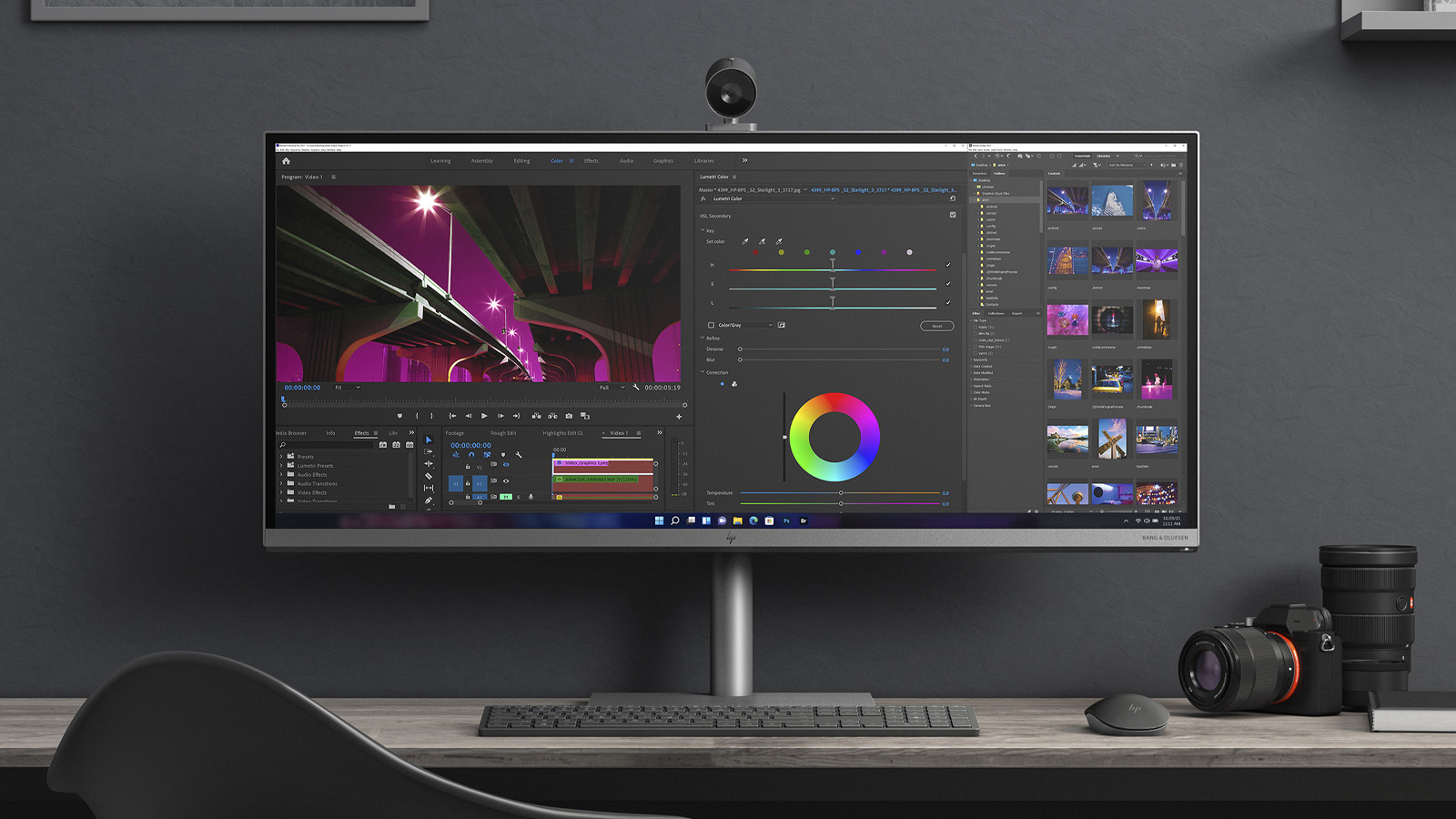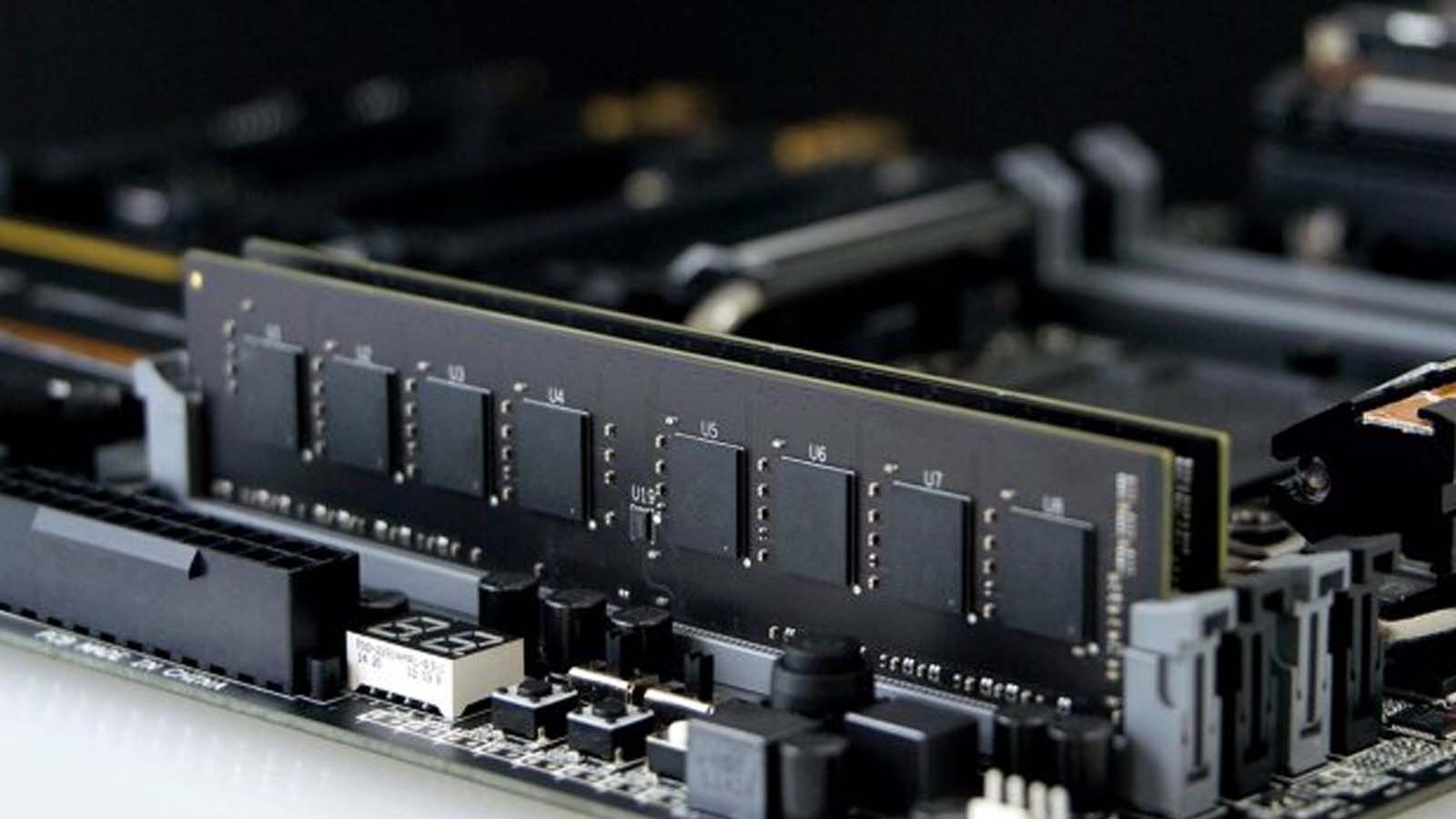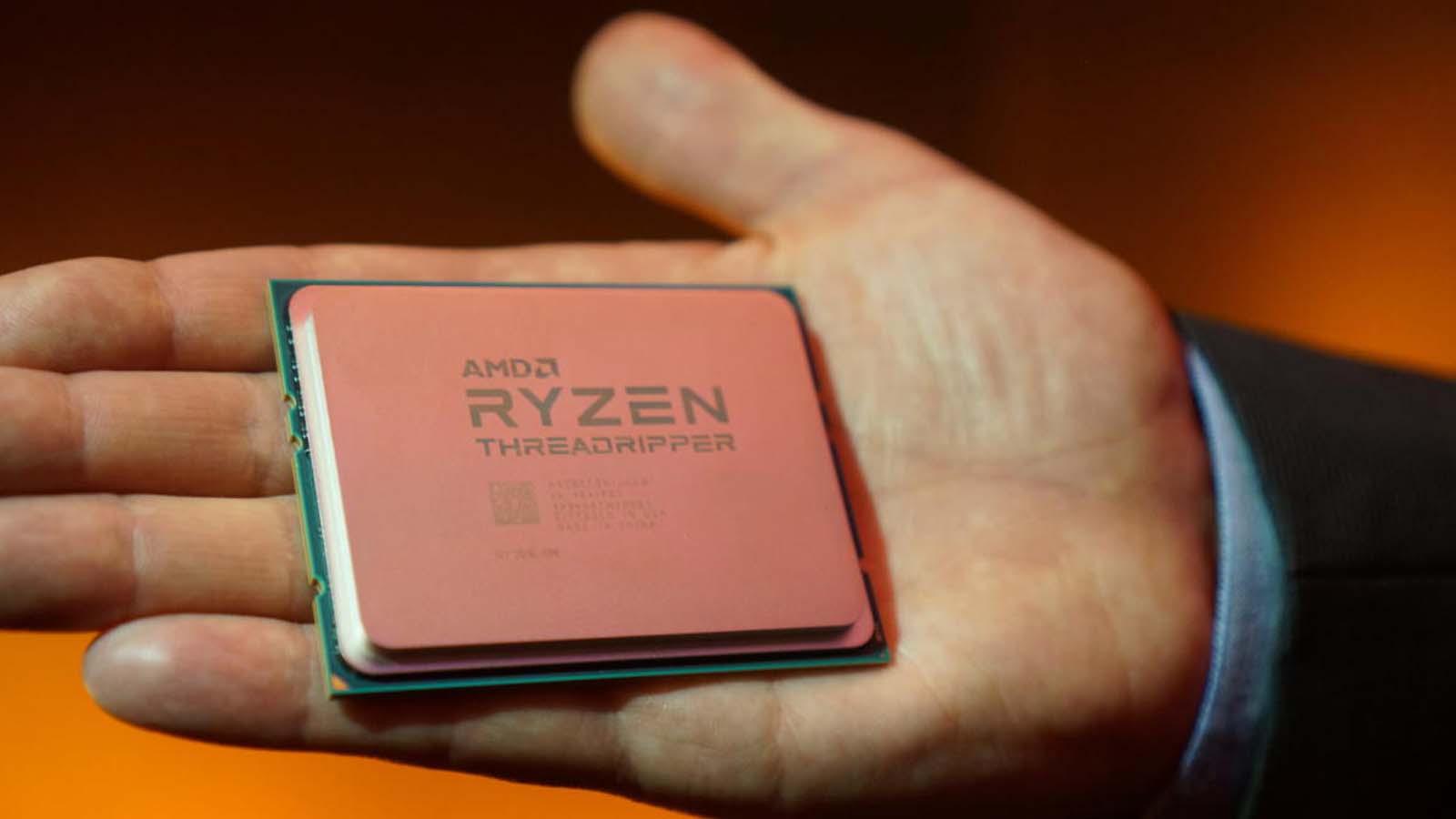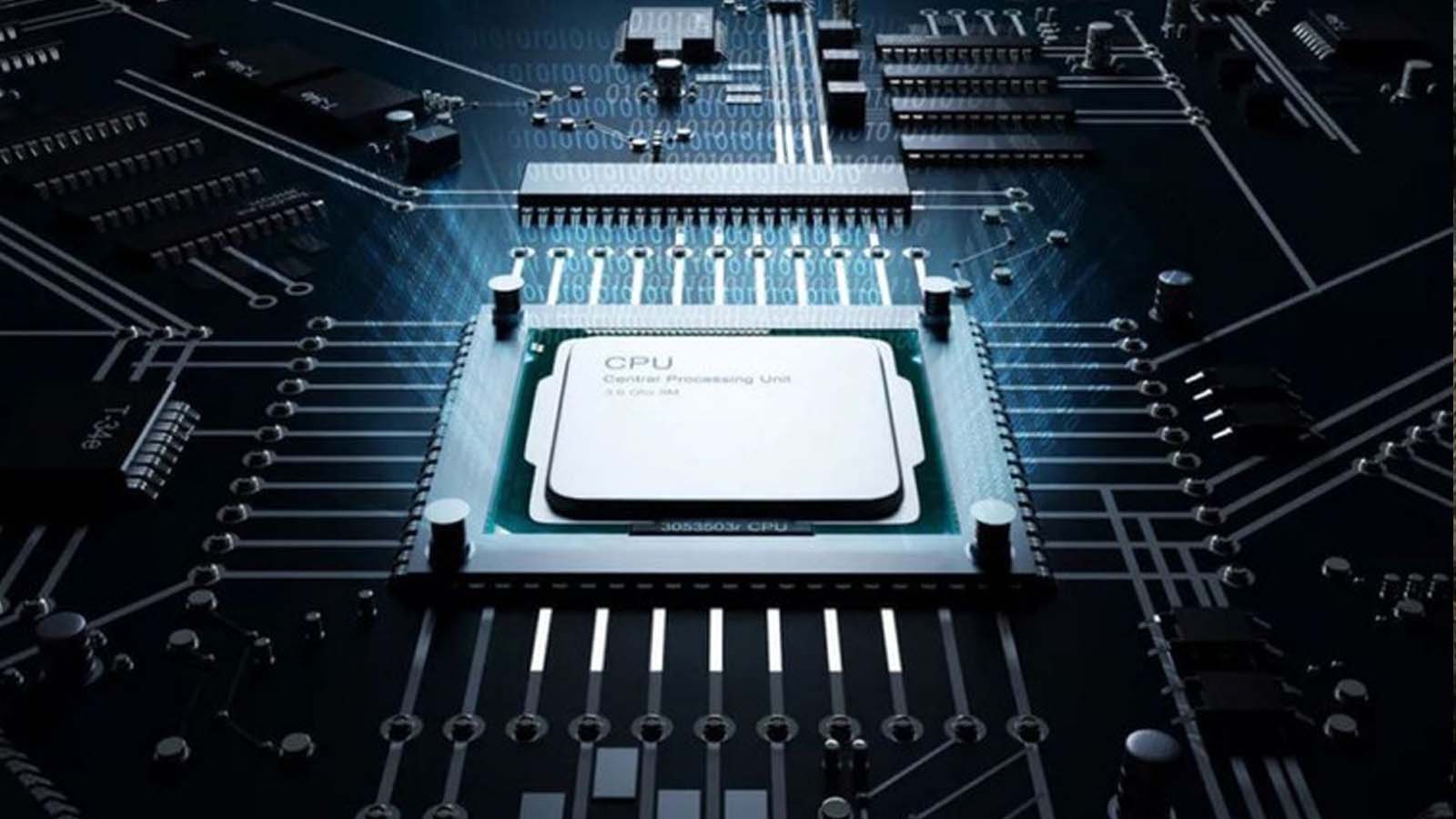Best Graphics Cards for Gaming in 2019
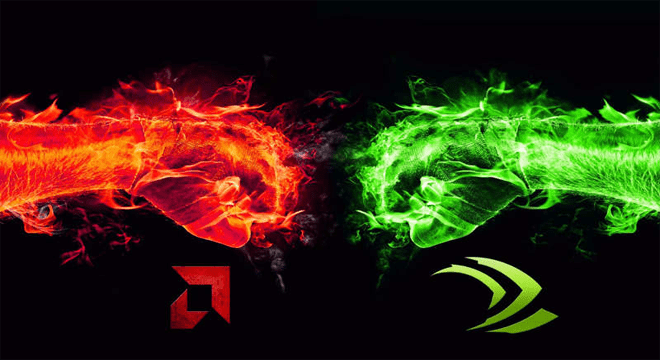
Replacing a graphics card is the number one upgrade you can make to your PC, and the most profound in terms of improving gaming performance, so it makes sense to spend some time researching your options. We've streamlined the process for you right here, with strong recommendations for graphics cards from budget boxes all the way to high-end gaming stations, considering every chip on the market, from AMD's new Radeon 7 and NVIDIA's latest GTX 1660 GPU.
While gaming desktops tend to be more durable than the average gaming console or gaming laptop, the graphics card is one component that you will need to replace regularly if you want to continue to get good performance on the latest games. Where processors can only get a few percentage points faster every few years, graphics cards can see gains of 25% or more from one generation to the next. For example, the classic Intel Core i5 2500K and Core i7 2700K are still legitimate choices for modern gaming systems, but graphics cards from this era can't handle modern games without heavy overclocking—and sometimes that's not enough.
If you just want our straight forward, no-nonsense GPU upgrade recommendations, that's not a problem. Right now, the Nvidia RTX 2080 Ti is our pick for the best graphics card, thanks to its performance advantage over the GTX 1080 Ti and support for exciting new technologies. If you're looking for the best deal on value, recent price drops mean the AMD RX 580 beats out our old pick, the GTX 1060, to be the new best-value graphics card. For our lower end, we're targeting a degree of durability and better-than-console bandwidth for our best budget graphics card - in this case, the recently discounted Radeon RX 570.
Choosing the right graphics card is important because it's the component that does most of the hard work that brings your games to life. Graphics hardware capable of easily running triple-A titles starts at around £6500, and the NVIDIA GTX 1050 and AMD RX 560 offer (at least on paper) significantly more graphics processing power than the base PlayStation 4 and Xbox One. This means that every major multiplatform title should run at least equivalent performance.
The RX 580 is our pick for the best 1080p GPU and the RTX 2080 Ti sits at the top of the list as the best of the best - and most viable graphics card for 4K gaming at 60fps without sacrificing graphic fidelity.
Of course, it's also important to avoid creating a narrow system, so you should aim to pair your graphics card of choice with an appropriately powerful processor, RAM, and other components. If you're running AMD Ryzen or a mainstream Intel processor, using two RAM modules in dual-channel or even quad-channel mode provides better performance. Your choice of processor is also critical to building a balanced system. AMD Ryzen 5 and Intel Core i5 are the price/performance champions for 60fps gaming, but if you want to run the latest games at the highest possible frame rates, especially on a high refresh rate display, we recommend the Intel Core i7 8700K or its ninth generation successors.
Luckily, we've reached a point where even the cheaper discrete GPU market offers good results if you're willing to put in a little effort to tweak your in-game graphics settings. Beyond that, there's apparently a graphics card for every use - and that's where this guide comes into play. Every GPU worth considering is included in this comprehensive guide, and if you're looking for more detailed performance metrics, we can link you to some of the most detailed gaming benchmarks so you can see exactly what kind of performance you should expect.
Best graphics card
Nvidia GeForce RTX 2080 Ti: Gaming at 4K at 60fps or more, plus some cool new tech.

The RTX 2080 Ti is the culmination of decades of work from Nvidia. The 2080 Ti comes with significant raw graphics power improvements over the GTX 1080 Ti card it nominally replaces, as well as exclusive access to new technologies such as real-time ray tracing (RTX) and deep learning sampling (DLSS) that can improve the look and performance of supported games.
New tech aside, the powerful RTX 2080 Ti can easily handle resolutions up to 4K and performs well at high refresh rates - just remember that high refresh rates also require a powerful processor, so don't spend all your money on a new RTX card without at least a Core i7 7700K or better in your build. The RTX 2080 Ti is also a great choice for VR gaming, especially newer high resolution VR headsets like the HTC Vive Pro.
With the right backup system, you can roughly expect your RTX 2080 Ti to hit at least 144fps at 1080p, 100fps at 1440p, and 60fps at 4K. Obviously, more recent and intense titles may show lower performance, while older esports-focused titles are likely to perform significantly better.
Pros:
- Fastest consumer graphics card available
- Excellent performance at 4K and below
- New technologies such as real-time ray tracing and DLSS have great potential
Cons:
- The most expensive consumer graphics card available
- Widespread support for RTX and DLSS remains an unfulfilled promise
The best graphics card for the price
Nvidia GeForce GTX 1660 Super: More powerful card for 1080p gaming.

Our new pick for the best value graphics card is the GTX 1660 Super. Released in late October 2019, this card features significantly faster GDDR6 memory compared to the standard GTX 1660, with clock speeds up from 8Gb/s to 14Gb/s, plus a slight 5W increase to TDP. This results in performance almost in line with the more expensive GTX 1660 Ti, allowing for strong 1080p results and the ability to spin up to 1440p with some tweaking. While it's tempting in the spring for an RTX 2060 that packs more advanced features like hardware-accelerated ray tracing, you can save quite a bit of money by upgrading to a smaller GTX variant. At around $210/$230, the 25-40 percent extra performance you get over our previous pick - the venerable $580/$8 RX170 180GB - seems more than worth it.
Pros:
- Significantly better performance than RX 580 / GTX 1060
- Good option for 1080p; can typically stretch up to 1440p
- More forward looking than its RX 580/GTX 1060 competitors
Cons:
- Slightly less VRAM than the RX 580 8GB, although this doesn't matter in most games
- Lack of RTX and DLSS may limit the usefulness of this card in the future
Best budget graphics card
AMD Radeon RX 570: An old mid-range card available at an entry-level price.

With the release of a new generation of Nvidia graphics cards, older AMD cards are seeing significant price cuts, bringing them into a new trend. An example is the RX570, a once mid-range card that is now available for less than our previous budget pick, the GTX 1050 3GB. This card delivers good performance at 1080p, even in the latest games, although you may have to drop a few settings in some games to guarantee a 60fps average.
However, the RX 570 has its fair share of drawbacks. Chief among these is higher CPU usage than comparable powerful cards from Nvidia, so we recommend at least a quad-core processor - preferably a recent AMD Ryzen or Intel Core model - to avoid CPU bottlenecks. The RX 570 also tends to draw more power than the GTX 1060 3GB or GTX 1050 Ti, so it may not perform well in systems with limited or non-standard power supplies.
If you're up for overclocking, you can squeeze more performance out of the RX 570. How much depends, as always, on the silicon lottery, but some devices - especially those with beefier cooling solutions - will be able to nearly match the RX 580.
Pros:
- Unrivaled performance for its price
- Full HD resolution at 60fps is within reach
Cons:
- It is not always possible to achieve 60 frames per second at maximum settings
- Requires a quad-core processor to avoid bottlenecks
The best graphics card in the price for
1440p: AMD RX 5700

The AMD RX 5700 is one of the best cards the company has made in recent memory, thanks to its attractively low price and surprisingly decent performance from the card's new RDNA architecture and 7nm manufacturing process. This allows for high 1080p and 1440p performance while generating less heat and consuming less power than previous AMD designs. New features such as Radeon Image Sharpening and Radeon Anti-Lag are also included to improve accuracy and improve responsiveness in DX9, DX11 and Vulkan games (older AMD GPUs do not support anti-lag in DX9).
The RX5700 compares favorably with the RTX 2060 in terms of performance, although the RTX 2060 Super. Nvidia cards also feature hardware-accelerated ray tracing, which adds new visuals to several games and may become more important in the future. Compared to older GPUs, you can expect performance on par with the Nvidia GTX 1080—sometimes lower, sometimes higher, depending on the game—and about 15 percent better than the outgoing RX Vega 64.
If you're willing to void your warranty, you can flash the appropriate RX 5700 XT BIOS to this card to unlock additional performance—a trick that's worked on AMD cards for generations. Of course, we don't condone this kind of behavior as it can lead to a bricked map, so try it at your own risk.
Pros:
- Strong 1080p and 1440p performance outperforming RTX 2060 with more VRAM
- 7nm process brings better power output than previous generations
- Supports all the latest AMD software features such as IRIS and Radeon Anti-Lag
Cons:
- RTX 2060 Super and RTX 2070 are faster and can offer ray tracing
Best Nvidia graphics card for 1440p: RTX 2060

The RTX 2060 is a great card for the price, offering solid mid-range performance plus the RTX and DLSS features that define Nvidia 20-series cards, and at a new lower price point thanks to the release of the RTX 2060 Super. To give you some idea of its prowess, the RTX 2060 beats the 2015 Titan X Maxwell, which was once the very best of the best in terms of graphics hardware.
The performance level allows the 2060 to tackle higher resolutions (1440p vs 1080p) or higher refresh rates (eg 144Hz). If you're willing to experiment with lower detail settings or play less demanding esports games like CSGO or Rocket League, your computer can easily drive the popular 1440p/144Hz monitor. With DLSS in-game, you can shoot for even more demanding resolutions and refresh rates. However, remember that high refresh rates and low resolutions shift much of the load on your CPU, so make sure you have a decent CPU on board; we recommend Core i7 8700K or better for optimal performance.
Finally, contrary to expectations, the RTX 2060 can indeed use ray-traced visuals at 1080p60 in games like Battlefield 5, although some graphics tweaks may be required. With DLSS available in some games to make up for the extra power requirements, the RTX 2060 should only get better with time. If you're unsure about these new features though, it might be worth checking out the new GTX 1660 Ti - it's only slightly slower than the RTX 2060, but much cheaper, thanks to the absence of the newfangled RT and Tensor cores.
Pros:
- Excellent 1080p and 1440p performance
- Can stretch up to 4K gaming, especially with a G-Sync monitor
- Relatively cool and efficient
- The inclusion of RTX and DLSS could be big bonuses later
Cons:
- Significantly more expensive than last generation GTX 1060
- Only 6 GB of VRAM compared to 8 GB on the GTX 1070
- Can't deliver 4K at 60fps
- RTX, DLSS and VRS features are only rarely accepted since early 2019
Fastest
AMD chip: AMD RX 5700 XT

While the Radeon 7 is technically AMD's fastest card, it is no longer in production and offers no semblance of value. So the RX5700 XT gets the nod as the flagship Radeon card you really should consider. The 5700 XT performs well at 1080p and 1440p, outperforming the RTX 2060 Super and RTX 2070, and can even stretch to 4K gaming if you're willing to make a few compromises in the settings menu.
Like its little brother, the RX 5700, 5700 XT is based on a more advanced 7nm process than previous AMD cards or the NVIDIA exisitng line. This delivers impressive power efficiency, although the XT card does draw significantly more than the vanilla model. Luckily, there's a wide range of custom cards available - something that never happened for the Radeon 7 - so you should be able to find a card that will fit your needs and provide a solid cooling solution.
The RX 5700 XT includes support for AMD's latest software features, including Radeon Image Sharping (a filter that makes edges in an image more visible) and Radeon Anti-Lag (a feature that synchronizes the CPU and GPU to minimize input lag in DX9 titles, DX11 and Vulkan). The card does not support ray tracing hardware acceleration, which could be a complete no-issue or a complete deal-breaker depending on your views.
Pros:
- Strong gaming performance, especially in DX12 and Vulkan titles
- Cooler is more energy efficient than previous Radeon cards
- Provides access to the latest Radeon software features
Cons:
- DX11 gaming performance, especially at 1080p and 1440p, leaves a lot to be desired
- No hardware accelerated ray tracing support in the few titles that support it
Best value card for 4K or HFR: Nvidia GeForce RTX 2070 Super

Nvidia's newly updated upper-midrange card offers 1440p peak performance, while also packing the new features that define the Turing generation: real-time ray tracing (RT) and deep learning sampling (DLSS). The massive frame rate boost provided by the latter could turn this card from a close competitor to the GTX 1080 into an absolute beast that outperforms the GTX 1080 Ti, though DLSS remains a relatively rare inclusion.
The RTX 2070 Superhandles 4K resolution is better than the 2060 Super and RX5700 XT, allowing for a comfortable 60fps with a few tweaks and that's without DLSS. Similarly, the high resolution, high refresh rate combo of 1440p/144Hz monitors can also be tamed by the 2070. Finally, the 2070 also performs well for newer monitors capable of hitting 240Hz, though you're unlikely to see those frame rates outside of esports headlines even at 1080p. It's important to remember that running many games at high refresh rates but at low resolutions requires a strong processor, so a 7th, XNUMXth or XNUMXth generation Core iXNUMX processor or a XNUMXrd generation Ryzen chip is just as important to high performance as the choice of graphics card.
Pros:
- Strong 1080p and 1440p performance even in the toughest games
- 4K gaming is viable on most titles, with some tweaks to settings
- DLSS and real-time ray tracing can be transformative - when available
Cons:
- Expensive for a GeForce xx70 card; more expensive than GTX 1080
- The ultimate value of DLSS and ray tracing remains largely unknown
 Thank you very much!
Thank you very much!

